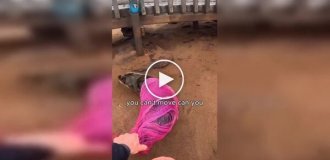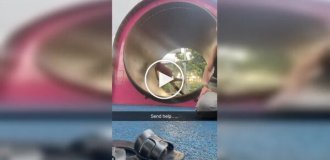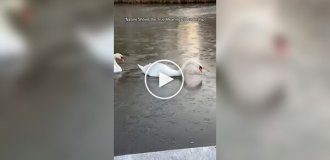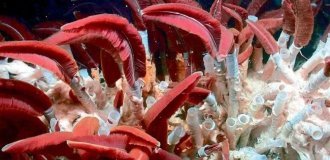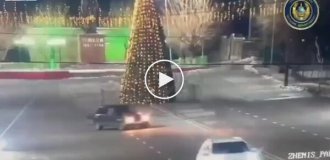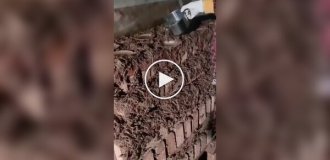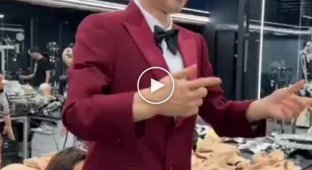How robotic animals revolutionized documentaries (7 photos + 1 video)
In recent years, the study of wildlife has reached a new level. Robots disguised as animals helped a lot in this 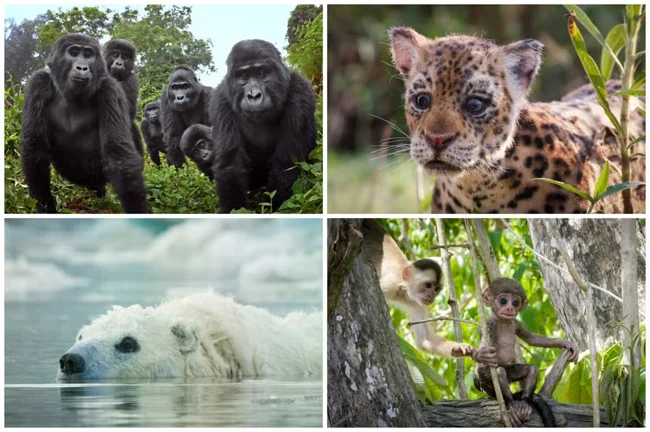
Some examples of robotic animals. The first one is a first-person shot of a robot gorilla. The rest are artificial animals. Some are even difficult to distinguish from real ones!
What boys dream аbout: a cool radio-controlled helicopter. What real men dream аbout: a robotic spy crocodile for spying on deadly toothy reptiles in first person. What, you think this doesn’t happen?
Over the past decade, the study of wildlife has reached a new level. It used to be like this: a guy-naturalist sits somewhere in the bushes, takes photographs, records, studies. They also installed hidden cameras, but this method of observation is even worse than a living person, because on film it is possible to capture only those rare moments when an animal passes by. The third method was to remove the animals from the wild for full study in a zoo. But this is not too indicative, because in captivity they behave somewhat differently. And this method does not shine with humanity. 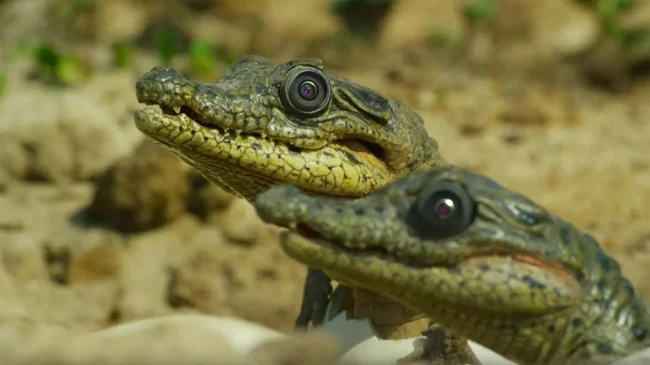
Everything changed when Hollywood artists and highly qualified engineers came to the aid of naturalists. The idea was simple and brilliant at the same time: create a biorobot! Yes, not an ordinary one, but so that it is as similar as possible to the species being studied: it repeats their appearance, movements and even sounds so that it makes the same ones. The work took a long time and painstakingly, but the result met all expectations: the movie animals came to life and became real spies. 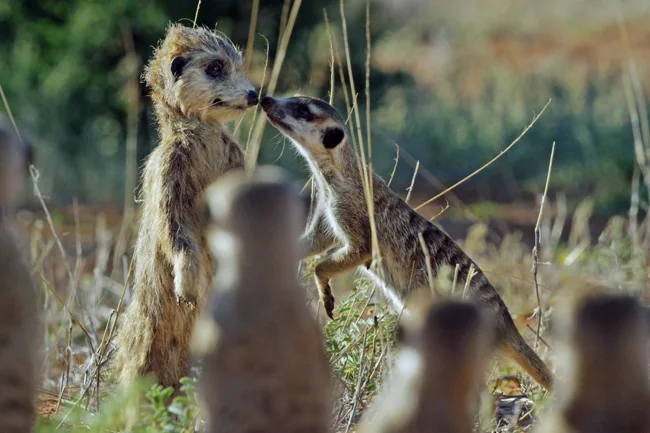
In order for such a spy to behave as believably as possible, he is controlled from a distance by a naturalist. A person sees what is happening around him through a small hidden camera - usually it is disguised as the eye of an animal. Yes, the biorobot’s range of movements and vocalizations are limited, but they are quite enough for the animals under study to believe in its reality. And they not only believed, but accepted into the flock! Meerkats, wolves, penguins and monkeys behaved with the car as if it were a brother!
Robots don't always have to look like animals. It is enough for the camera to be disguised in something familiar to wild inhabitants. For example, in manure! This is how the robot dung heap monitored the herd of elephants. Stone is also an unremarkable thing in nature. By hiding the camera there, the researchers were able to follow a flock of capuchins.
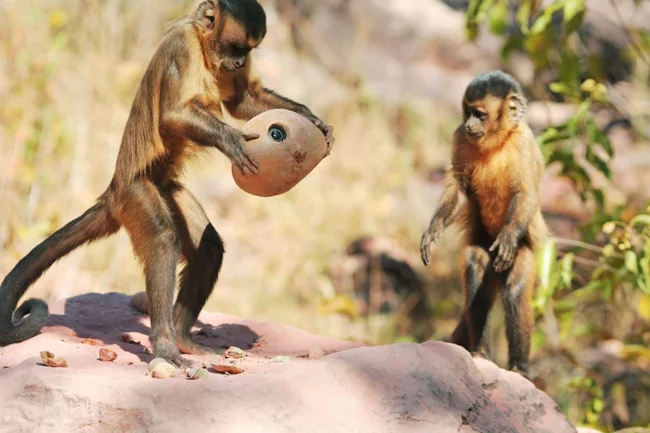
Some robots are created specifically to provoke a reaction in them and study it. One of the first creators of robotic animals is now designing an artificial snake. The request came from a primatologist who studies the reaction of monkeys to venomous reptiles. So you can see in first person how animals escape from danger and what measures they take to avoid it.
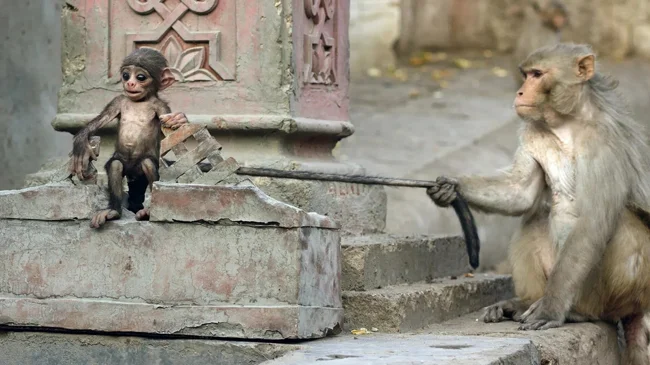
Son, why are you frozen as if lifeless? Let's go eat!
Sounds like a perfect way to research animals! But in reality everything is not so simple. Especially in the field. Things always don't go according to plan there. The robots that worked in Africa regularly turned off. The temperature on the dark continent was already prohibitive, and under the plastic casing the engines and electronics became so hot that they simply shut down. To continue filming and research, a robotic backup was always waiting in the wings.

It would be mortally dangerous for a cameraman to shoot such a shot.
But it seems the effort is worth it. Thanks to biorobots, scientists were able to observe unique first-person footage. For example, how a mother crocodile carries her cubs from the nest to the river. How meerkats react to an unknown relative. How hyena-like dogs feed their cubs and communicate in a narrow family circle. Based on recordings from hidden cameras in artificial animals, a series was even filmed in 2017 - “Spies in the Wild.”
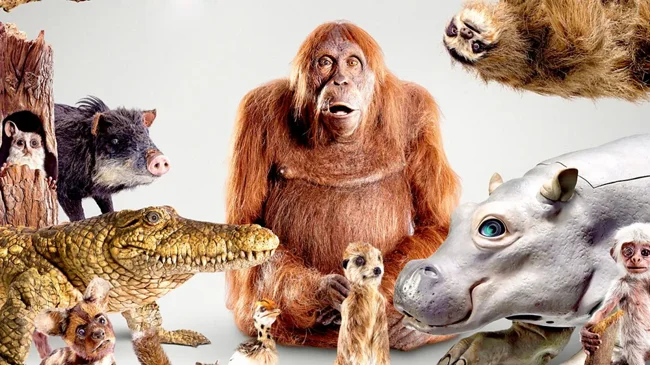
Examples of robotic animals from this series. Some look real, some look a little scary.
Not only zoologists, but also paleontologists turn to biorobots. With the help of mechanisms you can see how the prehistoric animal moved! In the process of creating a robotic animal, engineers raise questions about the smallest anatomical features. Most often, old bones cannot provide all the information. Then a comparison with modern descendants comes to the rescue: where which muscle is attached, and how the musculoskeletal system works together. Thanks to such detailed study, scientists can understand how even those animals that have not been with us for a long time moved and behaved.
